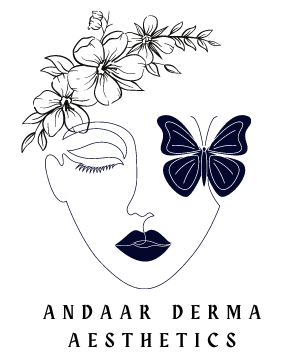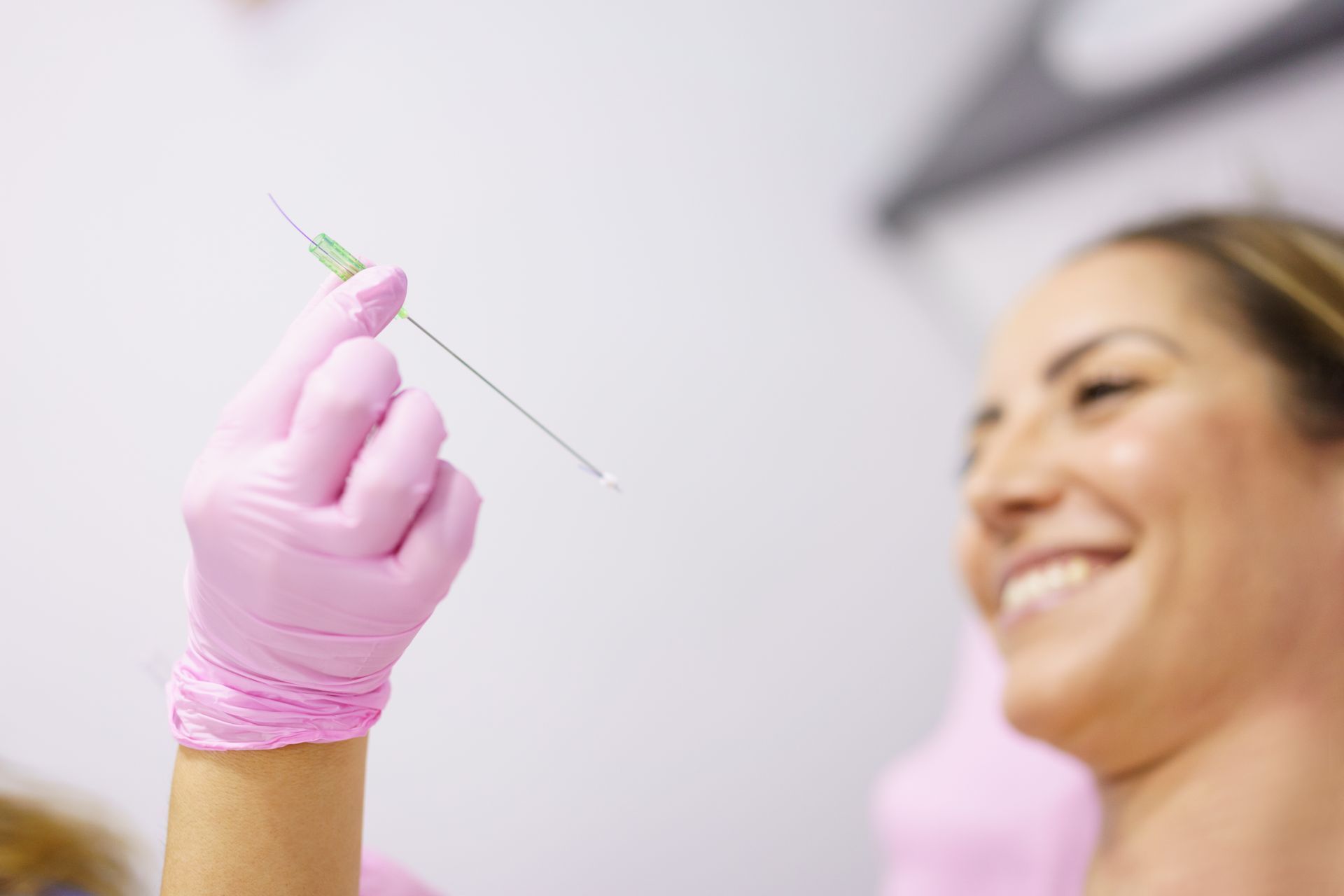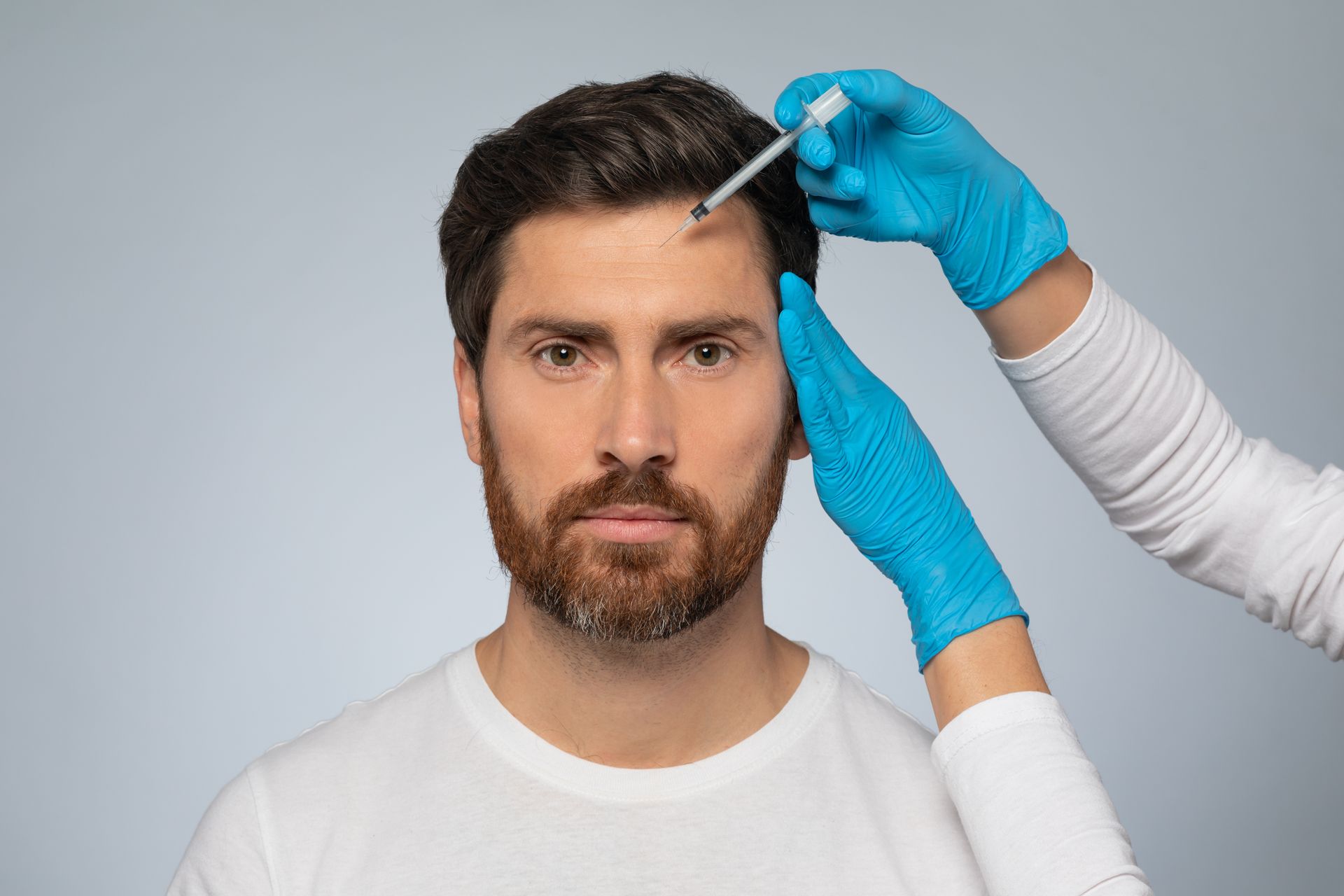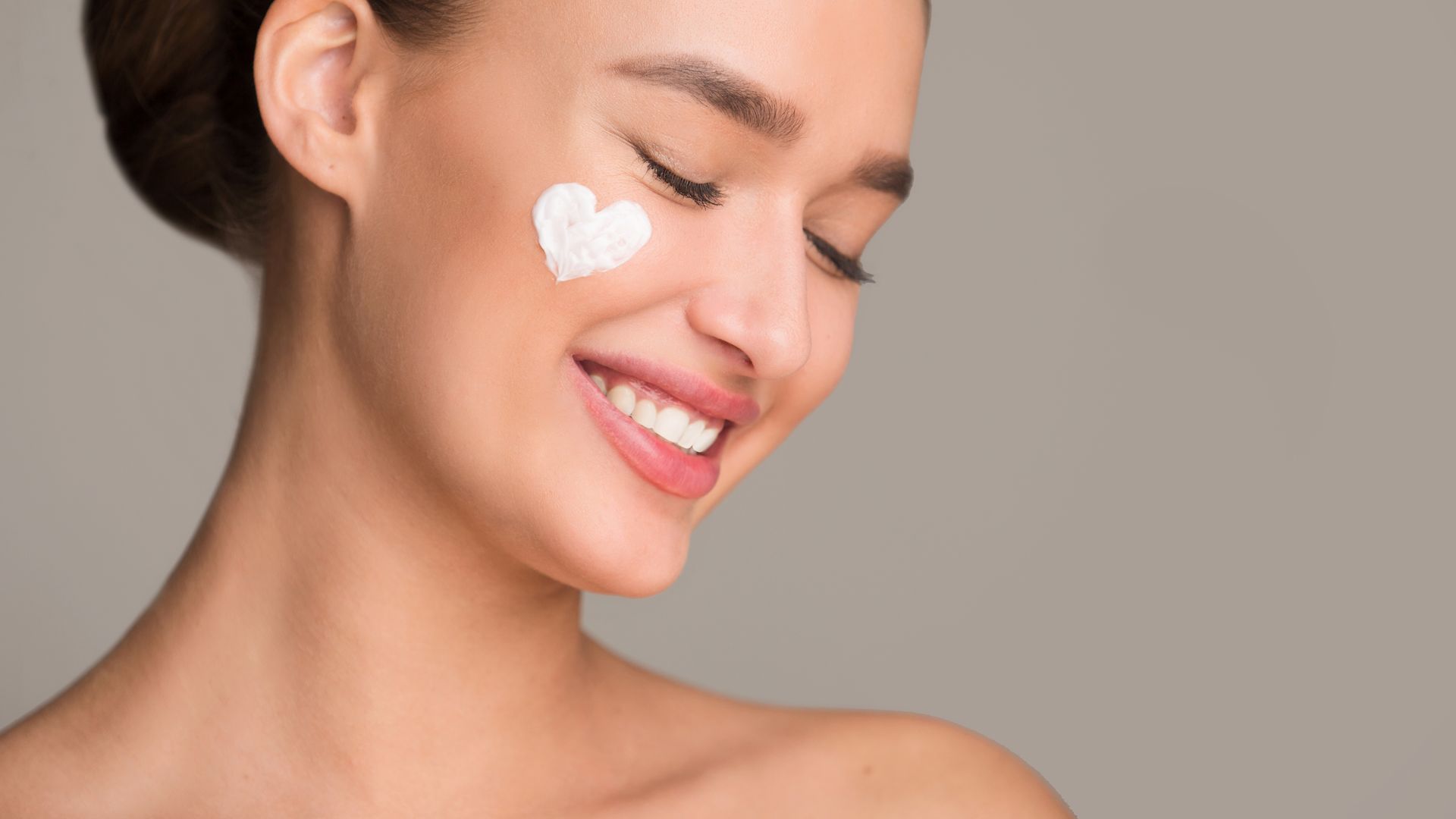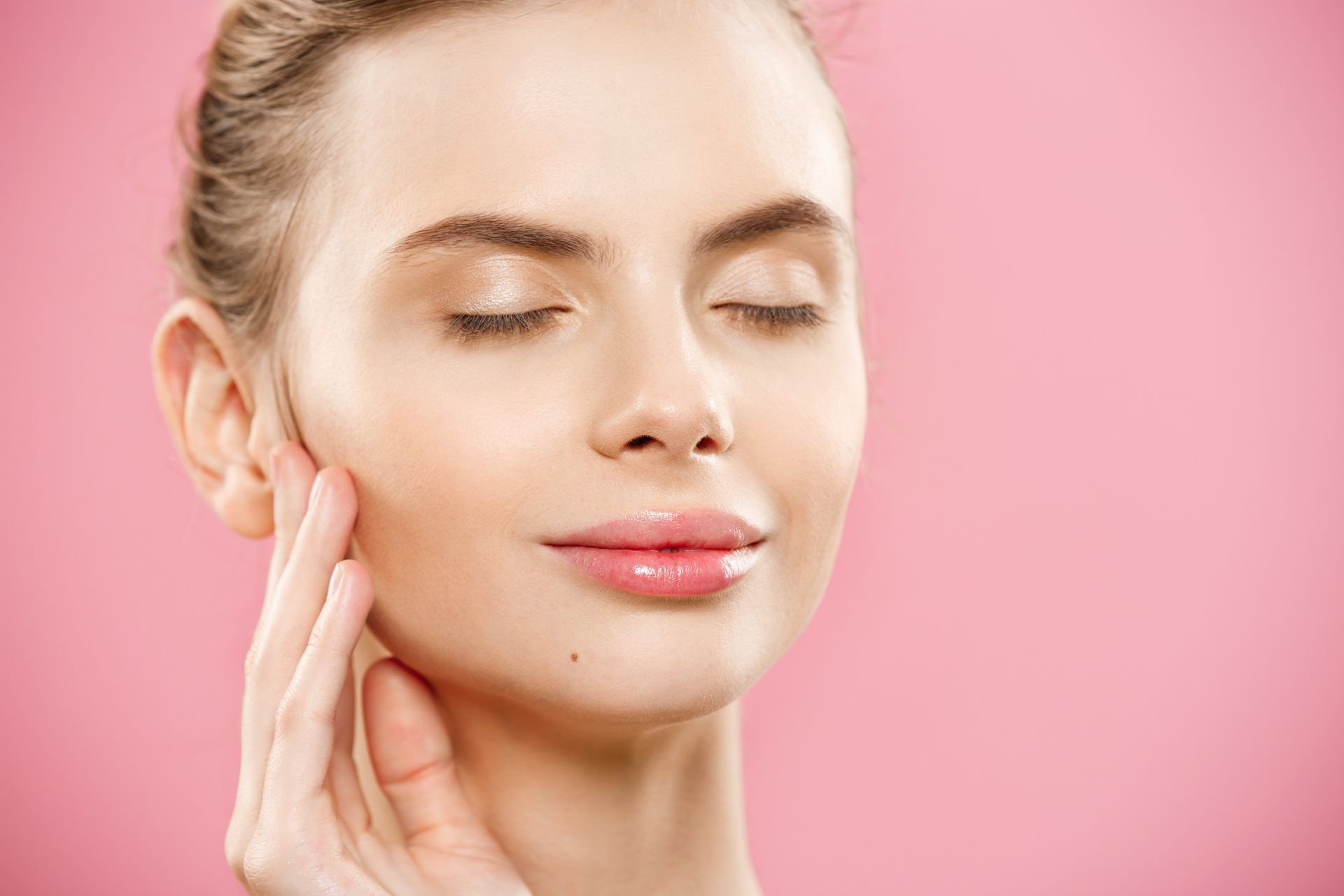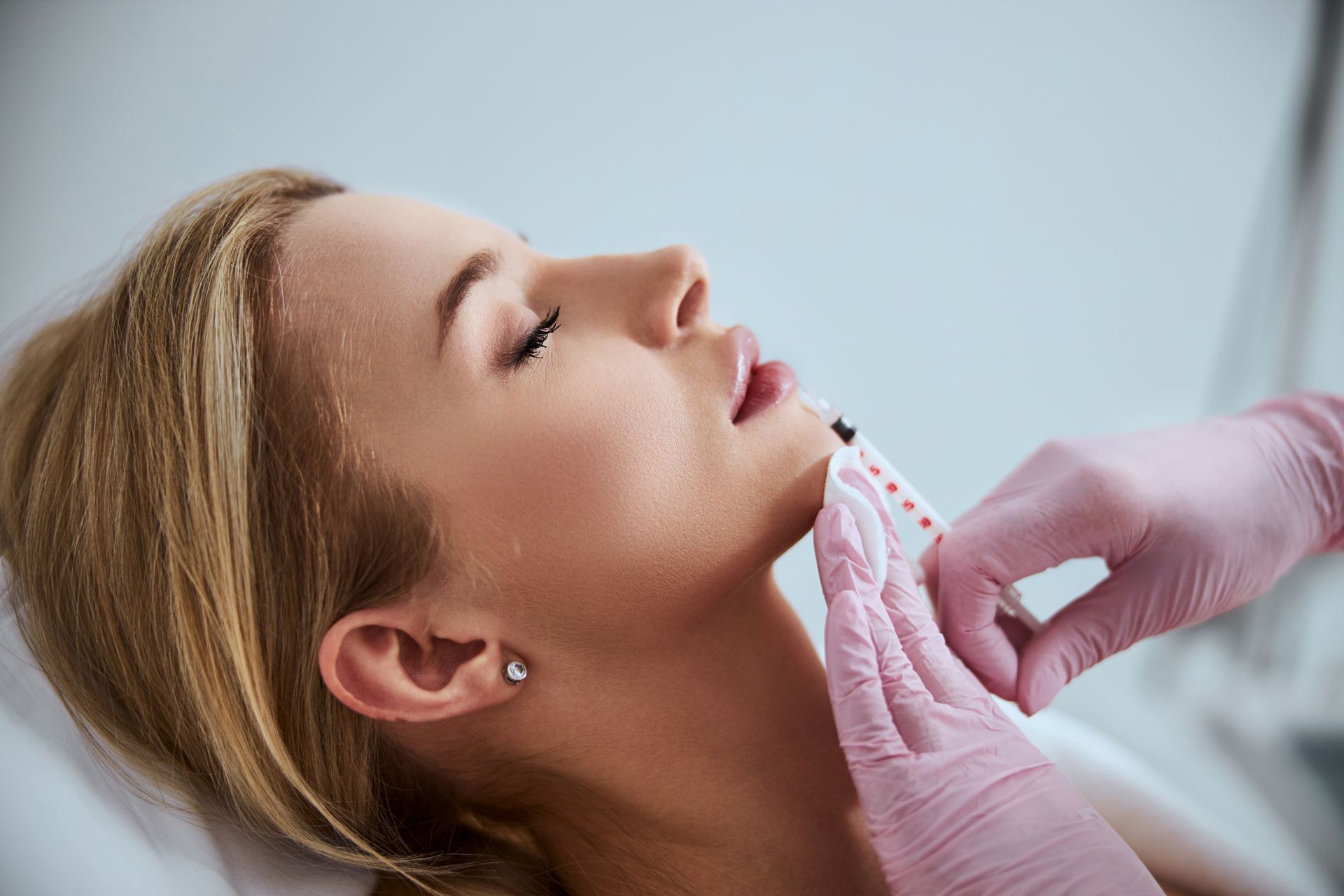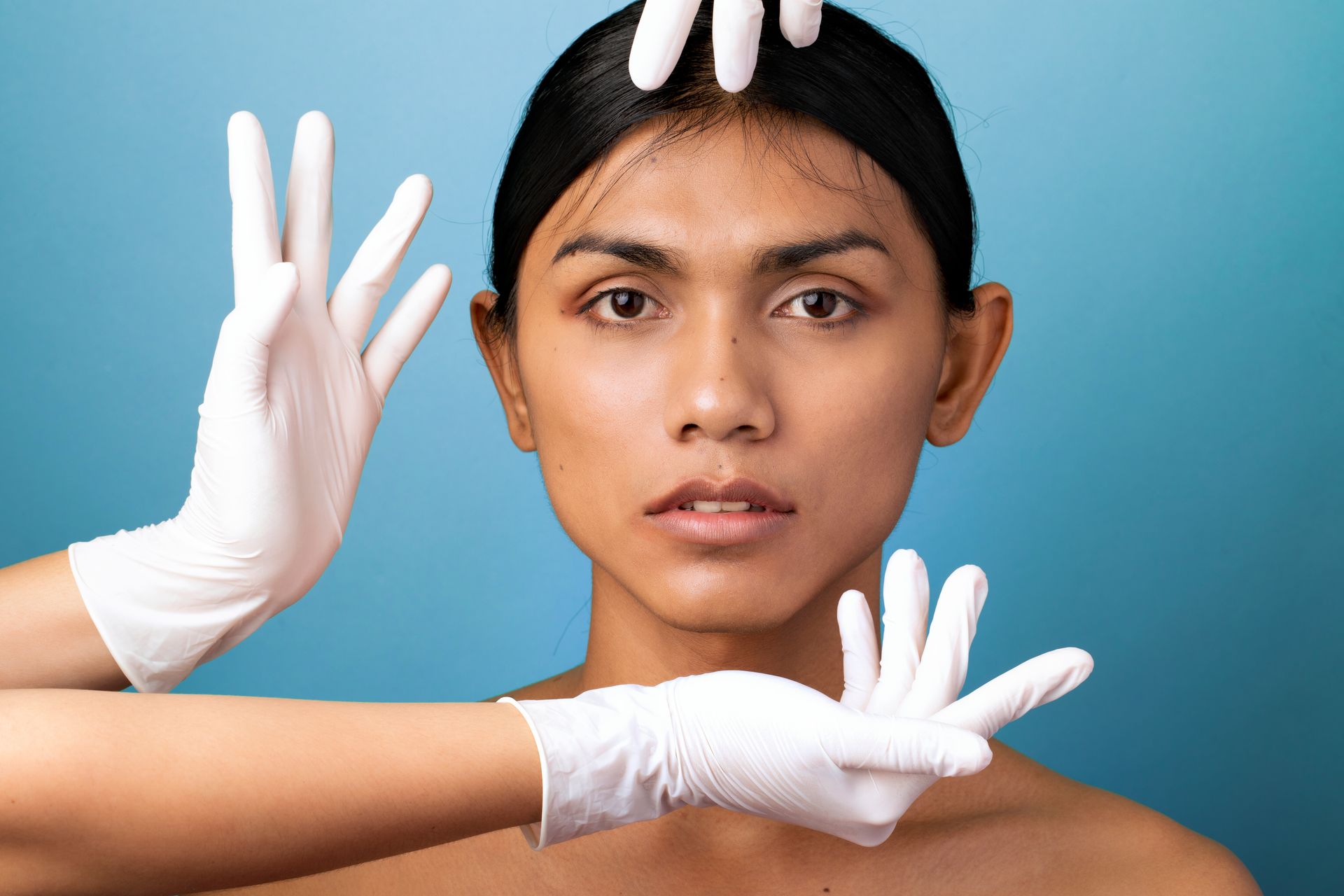Get In Touch
Call: (780) 292-5783
Email: anaidaosoria@gmail.com
Famicare Clinic Address:
10660 156 Street Northwest, Edmonton, Alberta T5P 2R9, Canada
South West Address:
10831 8 Ave SW, AB T6W 1G2 CAN
Understanding Botox for Hyperhidrosis, Migranes and TMJ Disorders: How It Works and Its Benefits
While Botox is widely known for its cosmetic use in reducing wrinkles, it also has a variety of medical applications. In this blog, we will explore how Botox can be used to treat hyperhidrosis (excessive sweating), migraines, and temporomandibular joint (TMJ) disorders, discussing the science behind its effectiveness and the benefits it can provide.
How Botox Works
Botox, or botulinum toxin, is a neurotoxin that works by blocking the release of acetylcholine, a neurotransmitter responsible for muscle contractions. When injected into specific muscles or glands, Botox temporarily paralyzes them, preventing the muscle contractions that cause wrinkles, excessive sweating, or pain.
Botox for Hyperhidrosis
Hyperhidrosis is a condition where a person sweats excessively, often causing discomfort and embarrassment. Botox can be an effective treatment for this condition by targeting the overactive sweat glands. When injected into the affected area, Botox blocks the nerve signals that stimulate sweat production, significantly reducing the amount of sweat produced.
Benefits of Botox for Hyperhidrosis
1. Long-lasting results: Botox treatments for hyperhidrosis can provide relief from excessive sweating for up to six months, making it a long-lasting solution for those who suffer from this condition.
2. Improved quality of life: Excessive sweating can negatively impact a person's daily life, from clothing choices to social interactions. Botox treatments can help improve quality of life and boost self-confidence by reducing the embarrassment and discomfort caused by hyperhidrosis.
Botox for Migraines
Botox has been FDA-approved for the treatment of chronic migraines since 2010. It is believed that Botox works to reduce migraine symptoms by inhibiting the release of certain neurotransmitters involved in pain pathways.
Benefits of Botox for Migraines
1. Reduced migraine frequency: Studies have shown that Botox treatments can significantly reduce the number of migraine days experienced per month.
2. Preventative treatment: Unlike many migraine medications, which are taken to alleviate symptoms once a migraine has already begun, Botox is a preventative treatment that can help reduce the frequency and severity of migraines before they occur.
Botox for TMJ Disorders
Temporomandibular joint disorders can cause pain in the jaw joint, as well as the muscles that control jaw movement. Botox can be used to treat TMJ disorders by relaxing the overactive jaw muscles, reducing tension and discomfort.
Benefits of Botox for TMJ Disorders
1. Pain relief: Botox injections can provide immediate relief from the pain and discomfort associated with TMJ disorders.
2. Non-surgical treatment: Botox offers a non-surgical alternative to more invasive procedures, such as jaw surgery or joint replacement, for those suffering from TMJ disorders.
Botox is a versatile treatment that can provide relief from a variety of medical conditions, including hyperhidrosis, migraines, and TMJ disorders. With its ability to target specific muscles and glands, Botox can offer significant benefits to those suffering from these conditions, improving their quality of life and overall well-being.
Are you interested in learning more about how Botox can help with hyperhidrosis, migraines, or TMJ disorders? Contact Andaar Derma Aesthetics today to schedule a consultation and discover the benefits of Botox for yourself.
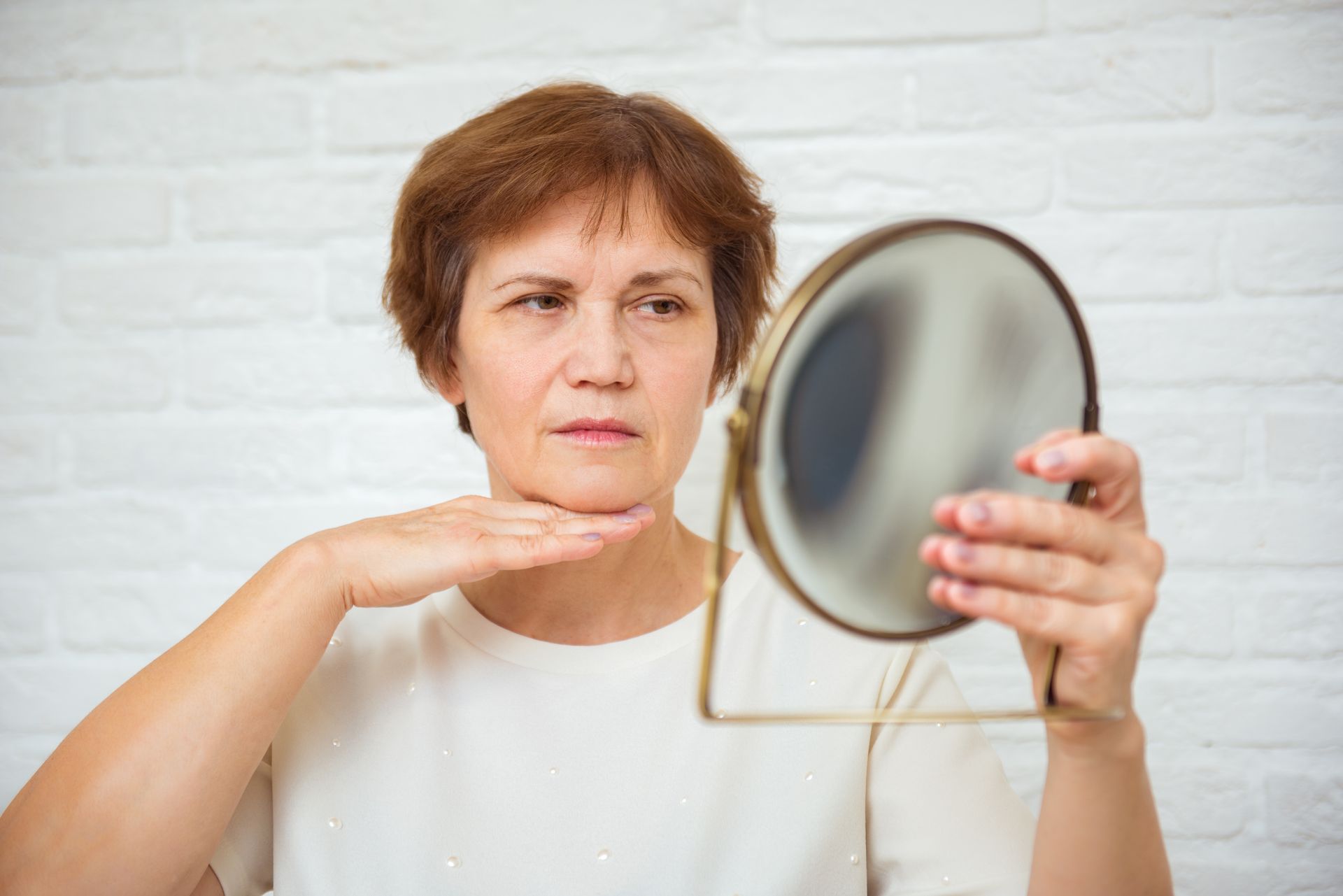
Famicare Clinic
Business Hours
- Mon, Tue, Wed, Fri
- -
- Thursday
- -
- Sat - Sun
- -
- Mon, Tue, Wed, Fri
- -
- Thursday
- -
- Sat - Sun
- -
*By Appointment Only
South West Location (Main Location)
10831 8 Ave SW, AB T6W 1G2 CAN
Business Hours
- Mon - Fri
- -
- Sat - Sun
- Closed
- Mon - Fri
- -
- Sat - Sun
- Closed
